- Learning time
- 30 minutes
- First play time
- 60 minutes
König von Siam
Designed by: Peer Sylvester
In König von Siam (King of Siam) the Malays, Lao, and Royalists are struggling to establish themselves as the dominant faction in the political upheaval of 1874. As with its successor game, The King is Dead (which uses pretty much the same rules) the players don’t actually represent any factions directly – but they do have to try and make sure they back the winning side…
The board shows Siam broken into several regions. At the start some cubes are seeded on the board, representing the Malays, Lao and Royalists. On the left of the board several tiles are placed randomly, showing what order the regions will be ‘resolved’ in. Each region represents a game round, and there are eight in all.
Players are given an identical set of cards, and on your turn you can play one card, or pass. The cards do a number of things: adding two cubes to the board of a certain faction, one of each, moving faction cubes on the board, or changing the order the regions are resolved. What’s important is that whenever a card is played, you get to take a cube from the board, and the cubes in front of you represent your influence on those factions: in betting parlance, that’s the horse you’ve backed. When all players have passed (consecutively – you can potentially pass one turn but then jump back in as long as another player took a turn) the region is resolved, with the most colour cubes there taking control of it. A marker goes on the region and the region tile showing who is in charge there.
After the eighth round the markers are compared to decide which faction won (ties in favour of the most-recently winning faction) and the winning player is the one who has most of the matching cubes. Ties are decided by the player who backed the second strongest faction.
An extra element to the game is that when a region is resolved if the strongest factions tie, nobody wins, and the British come in and take control. If the British control the most regions at the end of the game, the winning criteria changes: it’s now the player with the most ‘sets’ of the three coloured cubes – i.e., the player with the most balanced influence across the country.
The guru's verdict
-
Take That!
Take That!
Plenty. You can see what the other players are trying to do as people jostle for influence, so you can make tactical moves to undo them.
-
Fidget Factor!
Fidget Factor!
Moderate to high. König von Siam is definitely a game that produces pause for thought, as the political intrigue means constantly shifting balances of power...
-
Brain Burn!
Brain Burn!
...and your job is to not only further your own clout, but to hinder others as well. When to play a card? Which card to play? There are only eight in the whole game, so timing is crucial.
-
Again Again!
Again Again!
There's not a massive amount of variety in the game other than most of the cubes are assigned randomly at the start. You always have the same cards. But despite that König von Siam offers a lot of replayability - if you like your games to have some inscrutable depth.




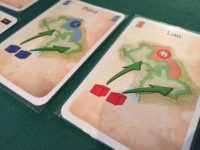
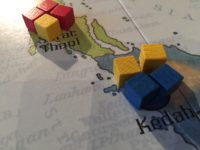

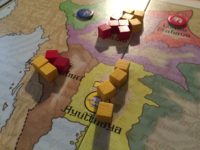
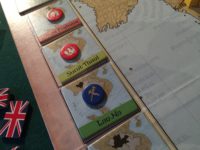

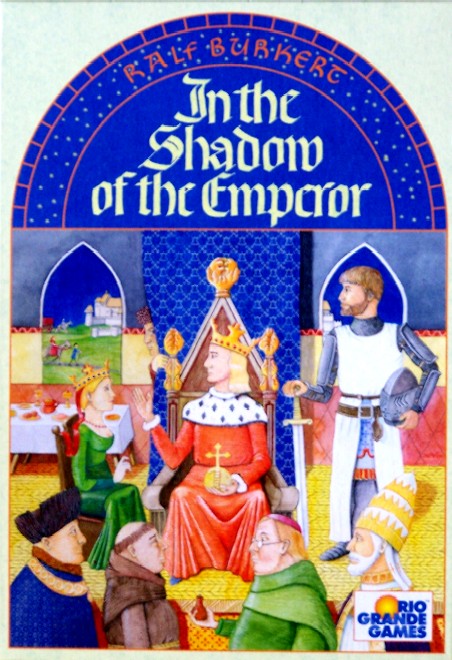

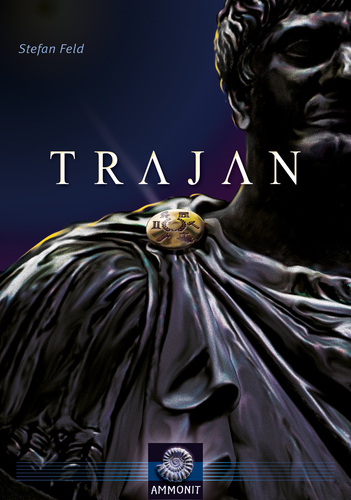
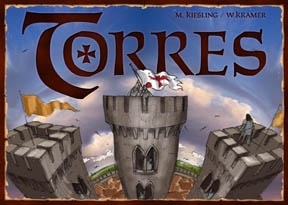
Sam says
The rules are reasonably simple but that complexity three mark is for the depth here - on a first play it's quite bamboozling. You want to back the winner, but in order to do so you need to take cubes of your backed colour off the board. You want to affect the game as much as you can now, but every card you play diminishes your power for subsequent turns. It's definitely worth holding some cards back, but on the other hand the final round will only have one region accessible - when regions are scored, they are then closed off - so in the final round your cards for moving cubes are effectively powerless (though they still allow you to take a cube off the board). It's not really thematic at all - it's pretty much an abstract game, which is not usually my bag - but it is still very intriguing, for those who like that kind of thing - and quite a bit of replayability here.